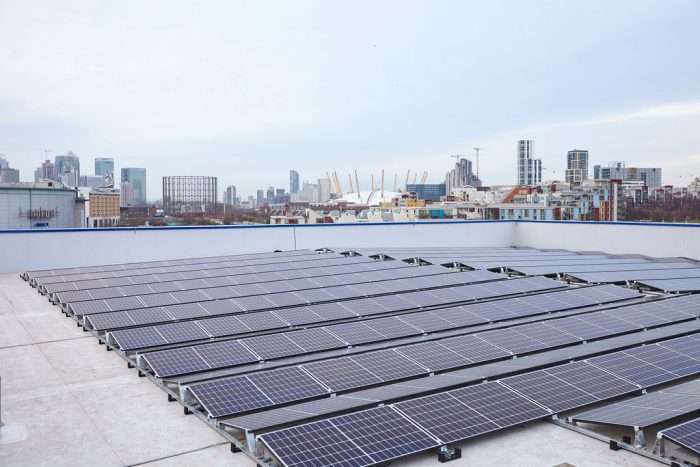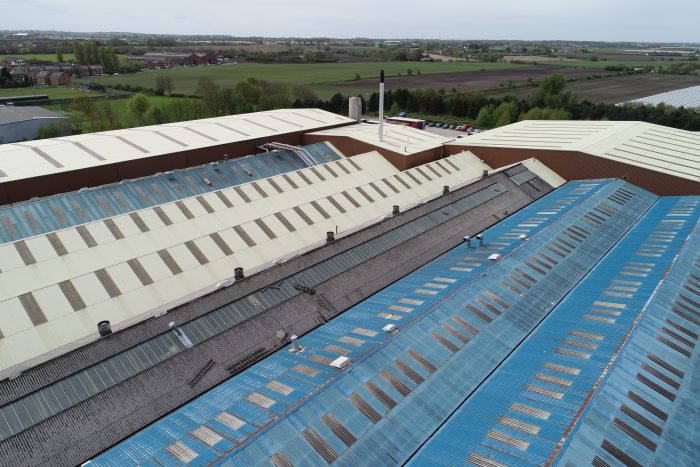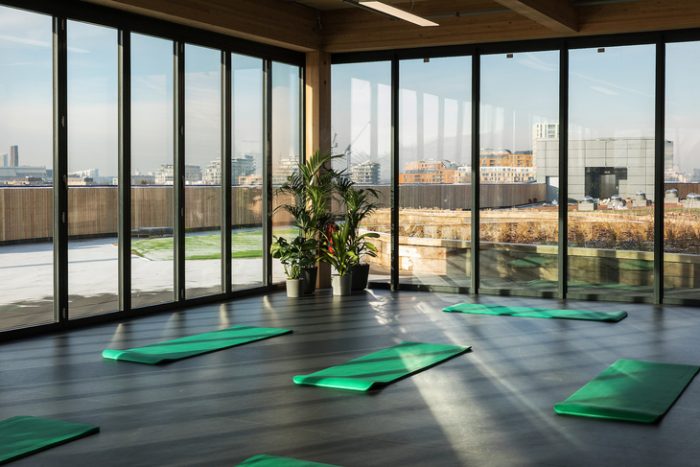We are often asked ‘what is sustainability’?
There is general confusion of what constitutes sustainable design; is it an environmental necessity or a tick box exercise when using BREEAM?
As a result, people tend to feel it is either:
- Too theoretical
- Very costly
- ‘A dark art’
- An add and subtraction equation rather than integrated design
As stated by Patrick Cescau, CEO of Unilever: ‘The agenda of sustainability and corporate responsibility is not only central to business strategy but will increasingly become a critical driver of business growth.’
Commenting on this, Mark Allen, Technical Director at Waldeck, discusses sustainability and sustainable design as well as the future trends that he believes will drive the construction industry forward.
So… What is sustainability?
In 1988, sustainability was defined as:
“Development which meets the present without compromising the ability of future generations to meet their own needs.”
If we simplify this statement, we see that it actually defines the people, the planet and the profit, which is much easily translated into most business acumens.
For instance; how do we protect people and improve our daily environments, whilst protecting the planet and maximising profitability? After all profit is the driver of a successful business, it’s what is needed to enable businesses to reinvest, and invest in the future of the world we live in.
Why is it paramount we look at sustainability?
The sustainability agenda has been developing since the 1990’s and involves a broad range of issues that affect the way a business operates — from pollution and climate change to education, poverty, health and human rights.
We see businesses who are operating sustainably, recognise that social, environmental, economic and ethical factors affecting the core business strategies, whilst also understanding that meeting the agenda requires working collaboratively with all stakeholders — from suppliers and clients to employees, shareholders and government bodies.
With this said, any value in sustainability and corporate responsibility is key to showing thought leadership in the industry. By not showing this can damage a company’s brand, credibility and even asset value.
Sustainability in design: How do we add value to our clients?
How do we add value to our clients? A question that all businesses ask themselves.
We appreciate that no ‘one size fits all’ when looking at the bigger picture, but our clients are the same, although they each have different views, requirements and will also be at different points on their journey of sustainability.
It is clear that the use of Building Information Modelling (BIM) will form a fundamental solution to the delivery of these trends. It is not necessarily a case of being in front or behind the curve, trend setting or trend following. However, there are a number of primary Sustainable Developments Goals (SDG) businesses need to address to provide future value; goals similar to those set out by the United Nations (UN).
For example:
- Energy Performance
UN SDG primary goal – “To minimise the depletion of natural resources when creating new developments.”
In the era of a climate change, energy performance is crucial to defining a buildings success.
According to the United Nations Environment Programme, buildings account for nearly half of the world’s energy expenditures, 40% of greenhouse gas emissions, 25% of the earth’s potable water, and, in developed countries, over 20% of all solid waste generated (including food waste, yard waste and unrecycled materials). It is therefore paramount our designs are close to an accurate prediction. Current studies by the Royal Institute of British Architects (RIBA) have shown energy usage can be up to 300% over original predicted design energy.

- Specialist in Renovation
UN SDG primary goal – “To provide methods for retrofitting existing developments to make them into environmentally friendly facilities and projects.”
The main challenge currently facing the construction industry is what to do with the current building stock; 80% of the current building stock will be in existence in another 100 years and only 1% of existing buildings are demolished each year.
We see the Energy Performance Building Directive (EPBD) due to be revised yet again, given its 3 year rolling program, mandating renovation and refurbishment, setting out the need to become specialists in renovation, which comes with its own skill set from building surveying through to moisture analysis.

- Health and Wellbeing
UN SDG Primary Goal – “To create developments that can be maintained and sustained without causing further harm to the environment and occupants.”
Whilst we should never claim buildings improve health, because of limited experimental data, this is becoming more and more pronounced with the WELL standard, multi-comfort standard and alignment with BREEAM.
As an example, in the UK we spend 90% of our time in a vehicle or buildings and according to the World Health Organisation (WHO), we have the highest asthma cases in any developed world country, therefore suggesting an ever growing need to assess the metrics we use for buildings environments and basic building regulation compliance, to improve health across the industry.

Conclusion
Whilst designers have focussed heavily on the external realm to buildings relationship as part of the architectural course studies, the impact that building fabric design will have on end users has been overlooked. Distinct reliance on merely complying with building regulations as become the cost-effective solution in the industry without meeting end user benefits.
There are studies to show the impact sustainable design has on buildings and occupants in a real-life environment:
- Optimised classrooms design can provide increased pupil accomplishment
- Hospitals with larger windows and views out have enables bed turn around to be quicker on the basis of improved recoverability of the patients
- Optimised office buildings have shown to improve productivity of employees as noted by Deloitte and JLL, given that 90% of turnover in service business is employees’ salaries
When we, the designers, consider the holistic impacts of a building, it becomes clear that sustainable architecture and design is of the utmost importance. Green buildings benefit everyone – not just those that live or work within the building, but also the community, the economy, the planet, and can benefit business to reinvest in better environments.
Consequently, it is crucial to keep ahead of the game, making it important to continually think about the next ‘big idea’ and how it can be integrated into our clients’ current business models.
To find out more about integrating sustainable solutions into your businesses new or existing buildings, please call Mark on 08450 990285 or send him an email here.